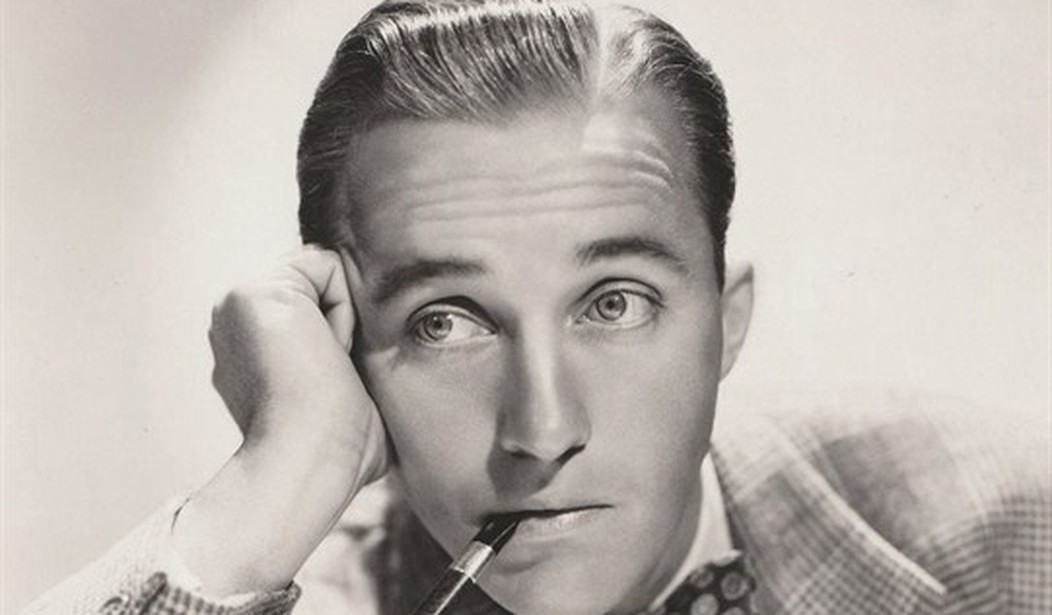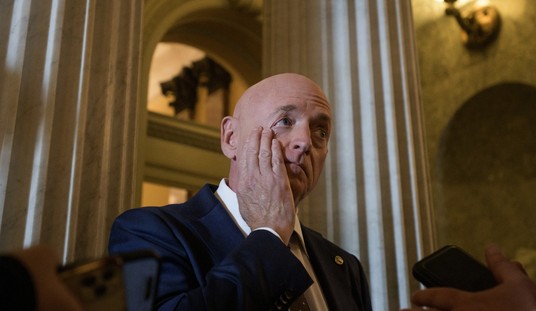Irving Berlin seems at first glance an unlikely candidate for writing the most beloved Christmas song ever. He was a Russian-born Jew, but his wife was Catholic and he probably learned some love for the holiday from her. It is not known for certain where exactly Berlin composed “White Christmas,” though the Phoenix, Arizona, Biltmore proudly and traditionally claims the honor — and has a backstory to go with the claim.
According to the Biltmore, Berlin had the idea to write the song while sitting beside the hotel’s pool. I happen to love a Green Christmas, but most people—including Berlin—wouldn’t agree, it seems. As he sat by the pool, Berlin suddenly had a musical inspiration. He is famously recorded as exclaiming to his secretary Helmy Kresa, “Grab your pen and take down this song. It’s the best song I ever wrote. Hell, it’s the best song anybody ever wrote!” As the sales of “White Christmas” show, the world — especially America — seems to agree heartily with Berlin’s assessment.
While Berlin wrote the song for a movie, it was debuted by the movie’s star (Bing) on radio, on December 25, 1941. That meant that the most popular star of his time launched what would become the most popular song of all time. Even today, though many people have sadly forgotten the megastar Crosby (because of blatant lies from his one son), almost everyone has heard Crosby sing “White Christmas” as only he can.
Some people have noted that “White Christmas” has a wistful, almost sad undertone. To a certain extent that’s true. But the whole magic of “White Christmas” is that is takes people’s sadness and turns it into something both comforting and bitter sweet. The song was very important to millions of Americans during WWII, especially to soldiers, for whom the song held echoes of home.
“One memorable performance occurred in December 1944 near the front lines of Northern France,” Yahoo! News notes. “On the eve of the brutal and costly offensive known as the Battle of the Bulge, Crosby fought back tears as he sang ‘White Christmas’ for 100,000 soldiers, many of whom would lose their lives just days later. He would eventually cite the show as the most difficult moment of his entertainment career.”
In fact, Crosby sometimes hesitated to perform the song for troops, but the soldiers always wanted to hear it. “Heaven knows, I didn’t come that far to make them sad,” Crosby explained in an interview. “For this reason, several times I tried to cut it out of the show, but these guys just hollered for it.” When American soldiers were polled at the end of WWII as to which individual had done the most to raise the morale of U.S. troops, Bing Crosby came out on top of the list, ahead of generals and two presidents.
It is particularly moving to watch the opening of the movie "White Christmas," which portrays the character played by Bing Crosby singing the song for a group of young G.I.s in the midst of a shattered war zone during WWII. For Bing, that scene wasn’t mere acting. He had stood there before, facing a sea of young Americans’ faces, men who were not actors but soldiers who were going to face death, and the Battle of the Bulge was no product of harmless Hollywood special effects. Perhaps the reality behind the movie scene was part of why military veterans like my grandfather loved the scene so much.
Nor was Bing the only person who had sad memories tied to Christmas and the song. Irving Berlin’s baby son had died on Christmas, so the holiday would always have an undertone of grief for him and his family. Furthermore, as I mentioned above, Bing Crosby’s first performance of the song was on his radio show for the Kraft Music Hall (sponsored by the famous cheese company) on December 25, 1941. That was only weeks after the devastating and bloody attack by the Japanese on Pearl Harbor, Hawaii, which killed some 2,400 Americans and pushing America into WWII. Many of the Americans who first heard “White Christmas” were grieving or fearful. Yet all these people loved the song the more, for both the joys and sorrows it evoked.
But “White Christmas” isn’t just sorrowful; if it were, Americans wouldn’t love it still. The very pathos makes it charming, but the song also is full of hope. Perhaps the song helped Irving Berlin deal with the grief of his son’s loss (his comment that it was the best song he ever wrote indicates that), and the song helped America cope with the horrors of WWII. The song reminded soldiers and family at home of their loved ones far away. It recalled a better time and place and blended the longing and sorrow of the present with hope for the future. “White Christmas” was the song America needed.
Since then, we all still listen to the song every year, and singers still record their own versions. The song ends with a wish for future and enduring happiness and holiday cheer: “May your days be merry and bright, and may all your Christmases be white.” It warms the heart and reminds us of how much we as a nation love to celebrate Christ’s birth.
As you listen to this Christmas classic, remember the history behind “White Christmas.” It was the Christmas carol that brought America through the tragedy of war, and remained in Americans’ hearts during peace.










Join the conversation as a VIP Member